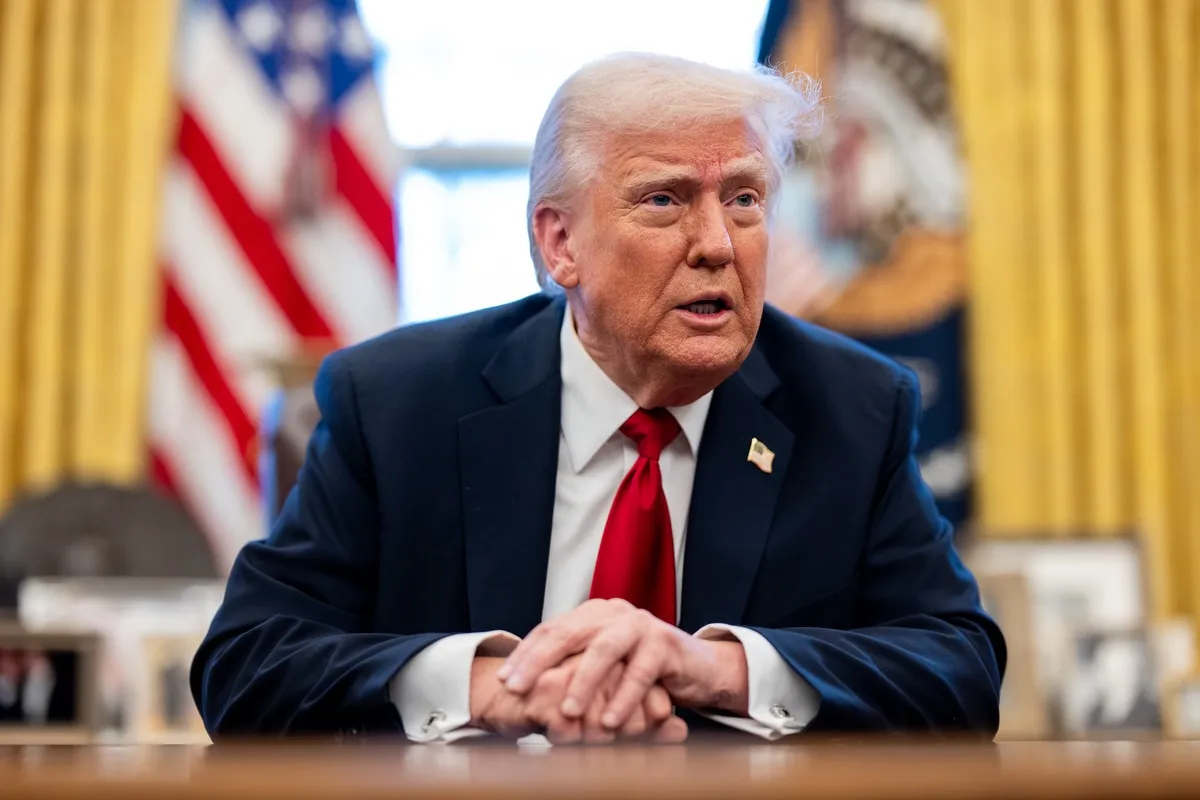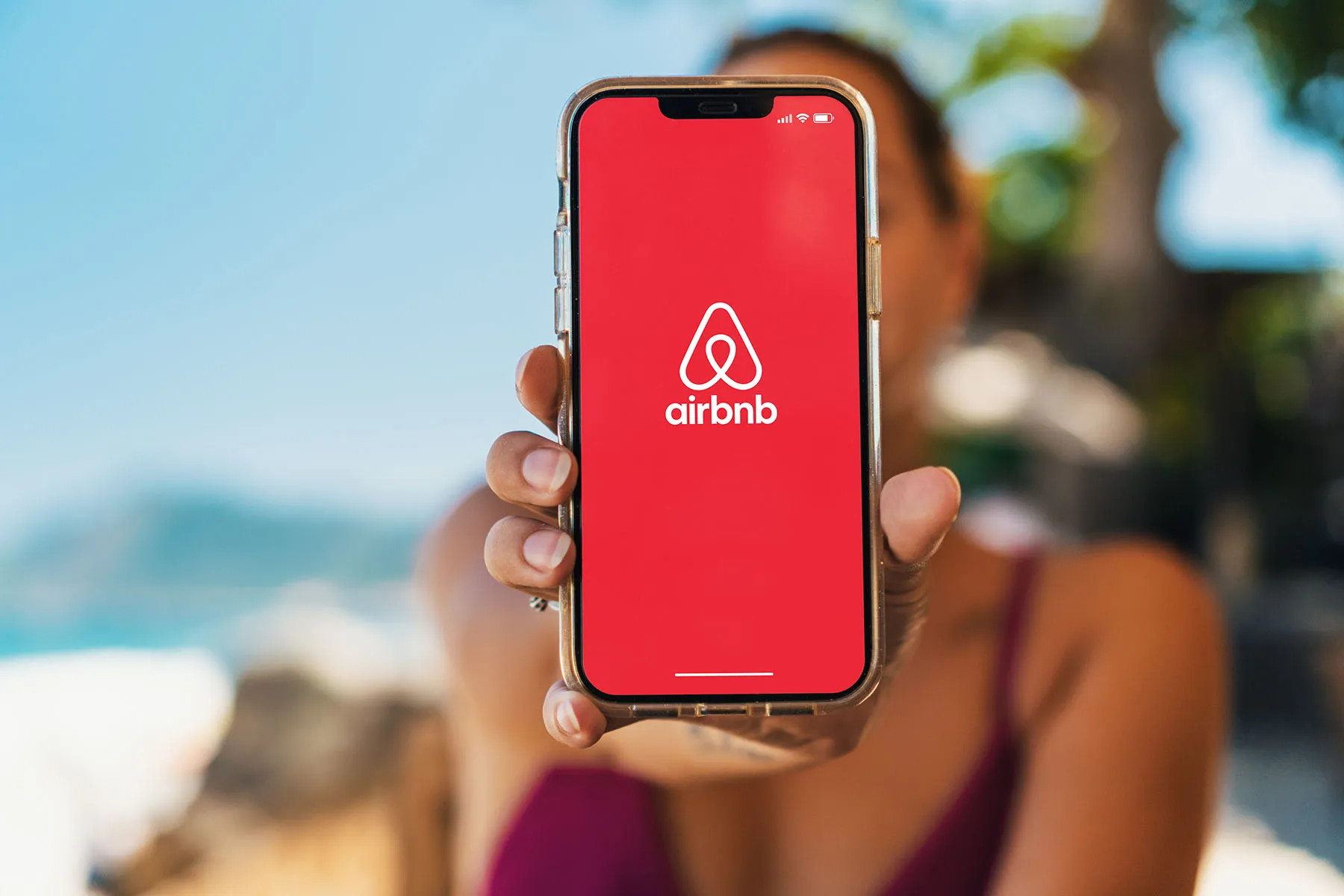President Obama's U.S. Travel Legacy After Eight Years as Tourist-in-Chief
Skift Take
No matter which side of the aisle you stand on, there's no arguing that some of the most memorable moments of U.S. President Barack Obama's presidency involve his more than 156 trips abroad to more than 50 countries.
In the past year, the president made historic visits to Hiroshima, Japan; Havana, Cuba; and Hanoi, Vietnam that embodied the unofficial "tourist-in-chief" moniker he's earned during his eight years in office. He's logged more than half a million miles of travel on Air Force One and last year brought U.S. National Parks back into the spotlight for their centennial anniversary when the First Family visited Yosemite National Park in June.
Under Obama and his administration, the Travel Promotion Act that created Brand USA — the country's first national marketing arm — was signed into law in 2010, more countries joined the visa waiver program, visa wait times were slashed, the TSA PreCheck program was created and the Global Entry program was expanded, and the number of international travelers entering the U.S. each year between 2009 and 2016 has grown by more than 40 percent, for example.
In 2012 the president also announced a plan to help attract more than 100 million international travelers to visit the U.S. each year by 2021.
For U.S. citizen international travel, some 38.8 million U.S. travelers took trips overseas or to Canada or Mexico during the height of the Great Recession in 2009 and nearly 80 million likely traveled internationally last year (more than a 100 percent increase) as totals for November and December haven't been released.
He also eased restrictions on travel between the U.S. and Cuba for the first time in six decades.
But can the Obama Administration take credit for all of these tourism achievements such as the overall growth of travel within and into and out of the U.S. during the past eight years?
As President Obama leaves office this week and hands the keys to Donald Trump and his incoming cabinet, Skift talked to three tourism and hospitality professors at U.S. colleges and universities, the U.S. Travel Association, and Brand USA for their opinions on the matter and what kind of legacy the Obama Administration will leave behind in the travel industry and the tourism challenges that remain.
President Obama's Evolution on the Travel Industry
Unlike many countries, the U.S. doesn't have a ministry of tourism to help promote its cities and states abroad.
The Travel Promotion Act gave cities and states a national marketing arm to work with and many previously had no global marketing exposure, said Kristin Lamoureux, associate dean of New York University's Tisch Center for Hospitality and Tourism. "For the first time you were seeing a unified tourism message coming out of the U.S.," she said.
"We certainly spent enough time talking about [the Travel Promotion Act] and that was probably the crowning moment for Obama as far as tourism legislation. We also now have a deputy director of tourism," said Lamoureux.
Obama showed a relatively fast revolution in how he regarded the importance of the travel industry from when he took office in January 2009, said Lamoureux. "You have to remember back in 2009 when the president first came into office it was a bit of a rocky time," she said. "There was negative press regarding meetings and events. You had a president who came in and said we need to look at government spending at government events and now he's gone full circle and has talked about travel's value to the economy."
Obama also signed the Native Travel Act in September 2016 that requires the department of commerce, the department of the interior, and federal agencies with recreational travel or tourism functions to update their management plans and tourism initiatives to include Indian tribes, tribal organizations, and Native Hawaiian organizations.
"National Parks and Native American communities are number one after gateway cities for U.S. destinations that international travelers want to visit," said Lamoureux. "This law tells federal agencies to come up with a strategy for how they'll support tourism at the tribal level."
"I think when you see a president traveling around the world and sharing that experience but also traveling around the U.S. in the national parks when we're at a critical time for the environment and that topic is often in the news, I think we can't underestimate that," she said.
Promoting the U.S. Abroad and at Home
The president met with travel industry organization and brand CEOs four times during his two terms, according to Roger Dow, president and CEO of the U.S. Travel Association. "This administration understood that travel is a way to create jobs," said Dow. "About 972,000 jobs in travel have been added since 2009 and that's 17 percent faster than the overall U.S. economy."
Brand USA's president and CEO Christopher Thompson, in an interview with Skift earlier in 2016, said the fact that the organization was reauthorized a year ahead of schedule demonstrates the bipartisan support for the travel industry that has grown under Obama.
"We have one-on-one conversations, at the invitation of members of Congress, who ask us to come in and tell us what we're doing," said Thompson. "We're able to go in there, virtually for every state, and say, 'Here's what we're doing in an umbrella. Marketing and promotion of all 50 states, five territories, and the District. Here's specifically for your state and for your constituents.'"
There's also been a shift in the past 10 years in U.S. destination marketing organizations from being mainly sales organizations to marketing organizations, said Bryan Lavin, a professor at Johnson & Wales University's school of hospitality.
"DMO value proposition has shifted, but not necessarily because of Obama," said Lavin. "Destination marketers have also shifted marketing efforts to attract people to move to cities and live there. The thinking is, 'if we attract the young hip, startups, for example, we have them for life.'"
Obama Vs. Past Presidents on Travel
Barack Obama was the first sitting U.S. president to sit down with the travel industry around a table and discuss the challenges facing tourism.
"President George W. Bush had also done good things related to tourism but Obama realized that travel is the only export that you consume at the point of production," said Lamoureux.
Dow said Obama added nine visa waiver countries since taking office, more than his predecessors Presidents George W. Bush and Bill Clinton. "When South Korea was added visits from that country went up 18 percent, for example," he said. "I also think the administration did a very good job on China. They put in place a 10-year visa for Chinese travelers and that took about 40 percent of Chinese travelers to the U.S. out of visa lines."
Obama made fewer international trips than his Presidents Bill Clinton and George W. Bush and visited fewer countries than both Clinton and George W. Bush. Obama also visited China, the world's largest outbound market three times during his presidency compared to George W. Bush's four visits and Bill Clinton's one visit.
Obama: The Tourist-in-Chief
President Obama made it a point to build in time to sightsee on many of his foreign trips and state visits, which is nearly the opposite of his predecessor George W. Bush, The New York Times reported in October.
Obama, like many business travelers, tried to soak up local culture during his trips and connect with local people. In May 2016 the president shared a bun cha dinner with Anthony Bourdain at a restaurant in Hanoi, Vietnam for Bourdain's show "Parts Unknown."
"The Hanoi dinner was a very very unique moment," said Lamoureux. "We tend to think of the presidency as having a lot of state travel but not really getting down to the local people. It's impressive for the president of the U.S. to sit down in a people's restaurant where normal people eat."
The Obama-Bourdain dinner helped break down the stereotypes of the dangers of travel, said Lamoureux. "It takes away the fear that you have to isolate yourself from locals when you travel."
But Obama demonstrated his break-down-barriers-to-travel theme much earlier in his presidency, said Dow. "With the gulf oil spill in 2010, the president took one of his daughters to the gulf and hopped in the water," he said. "Many people probably thought, 'if president is in the Gulf, how bad can it be?'"
The First Family's visit to Havana, Cuba in March 2016 was symbolic for family travel, Lamoureux said. "There's a video clip of the trip with Malia Obama translating to a waiter for her father at a restaurant the First Family had dinner at," she said. "It was really such a unique moment in time -- he's one of the most powerful people in the world and his daughter is supporting his inter-cultural communication. Yet it was a very informal moment and conversation and to me it was a really powerful message for the value of family travel and how special that can be."
The significance of the first African American First Family also can't be overlooked, said Lamoureux. African American travelers were one of the fastest growing U.S. traveler demographics in 2015, according to Mandala Research, a hotel and tourism market research firm. Some 17 percent of African-Americans take one or more international trips per year and spend $48 billion on travel each year.
Where Did Obama Fall Short on Tourism?
The U.S. travel industry is in a better place in 2017 than it was eight years ago, according to everyone interviewed for this story. But the Obama Administration will leave behind unfinished tourism business that must be addressed.
First, the future of the visa waiver program. "The visa waiver program is an incredibly important program with a very bad name," said Lamoureux. "The 38 countries that make up the program fees from these visitors is offsetting the cost of marketing the U.S. There was significant opposition to the program even though people didn't really know what it was."
There are programs like TSA PreCheck and Global Entry, which Dow said still aren't where they need to be and have struggled to grow membership. Brand USA is also having trouble reaching its tourism goals, hampered this year by a stronger dollar.
The Obama Administration also couldn't settle the debate over Open Skies between U.S. and gulf carriers. "The administration didn't make a decision on Open Skies but they held it off," said Dow.
Obama's announcement on January 19, 2012 of an executive order to increase travel to the U.S. and bolster the visa waiver program is one of the only tourism achievements of the administration, said Abraham Pizam, dean of the University of Central Florida's Rosen College of Hospitality Management. "With the exception of the visa waiver program, all the other initiatives were good intentions and good words...but the federal government can't really take any credit for much else as far as travel," he said. "These were very similar talks to previous administrations."
Pizam feels the U.S. federal government doesn't have a lot of influence in promoting the tourism industry. "There are officials in other countries that travel to promote their tourism industry," he said. "The only thing the federal government can claim credit for is making the visa process more efficient, something that the federal government actually did do."
Much of the developed world eventually bounced back from the global financial crisis of 2008 and 2009 that led to more money for travel to the U.S., which Obama can't entirely peg to his efforts.
The U.S. also isn't a member of the United Nations World Tourism Organization (UNWTO) which the U.S. previously withdrew from. "It would have been great if we had been able to reenter the UNWTO," said Lamoureux. "There are a lot of countries part of UNWTO talking about tourism strategy and the U.S. isn't at that table. We have an affiliate membership but not a national membership."
And then there is Americans' vacation problem. A Skift survey from September found more than half of Americans took little to no vacation last summer, for example. "Unused time-off is a liability on the books for companies, said Lamoureux. "I think, however, that more Americans are at least aware of taking time-off and it's now on the national radar."
The long-term impact -- and Obama's role in helping the no vacation nation dilemma -- is uncertain. "It continues to get easier to travel," said Lamoureux. "It's fairly easy for Americans to travel abroad and costs of travel remain fairly stable. But Americans are still faced with a bit of a challenge with taking time-off."
Obama's Meetings and Events Legacy
After coming out as a foe to conferences and events, at least those attended by federal employees, Obama's comments early in his presidency helped the meetings industry grow stronger since he took office, said Lavin.
Lavin, who has worked with Meetings Professionals International and worked to promote meetings and events at Choose Chicago and the Providence, Rhode Island Convention & Visitors Bureau during the Obama years, said Obama's comments about how federal employees shouldn't go to Vegas on the taxpayer's dime was a turning point for the sector.
"The Vegas comments helped people understand the impact that conferences are having on their destinations," said Lavin. "When Obama first came into office the meetings industry wasn't doing a good job at telling the story of who we were so those comments made sense to make. So they became the rallying cry for our industry to pull itself together."
Smaller cities like Providence now get more consideration from meeting planners, said Lavin. "I think it's no longer a buyers or sellers market, I think it's right down the middle with meetings and events," he said.
U.S. Tourism After Obama
After eight years of Obama all eyes are on Donald Trump and his incoming administration as to what pieces of Obama's tourism legacy will be picked up.
One thing is certain -- there's never been a hotelier as president. "For the travel industry, there are reasons to be optimistic," said Lamoureux. "Will Trump promote tourism as his own industry? As a hotelier he should understand the importance of tourism."
Dow feels Trump could help bring more jobs to the travel industry. "He understands the hospitality business," he said. "But when it comes to immigration and his proposals in that area it could have a negative impact on travelers that come to the U.S."
Domestic travel is one area Trump can really focus on, too, said Dow. "It looks like infrastructure is a priority for Trump and we certainly need upgrades to our nation's airports," he said.
Global travel will naturally continue to increase and more travelers will likely continue to visit the U.S. with or without the help of the Trump Administration. Combine the rise in travel with streamlined visa processes that have proven effective and it's clear President Obama will hand Trump a healthy and vibrant industry.
Below is a clip of Anthony Bourdain discussing his dinner in Vietnam with Obama.




